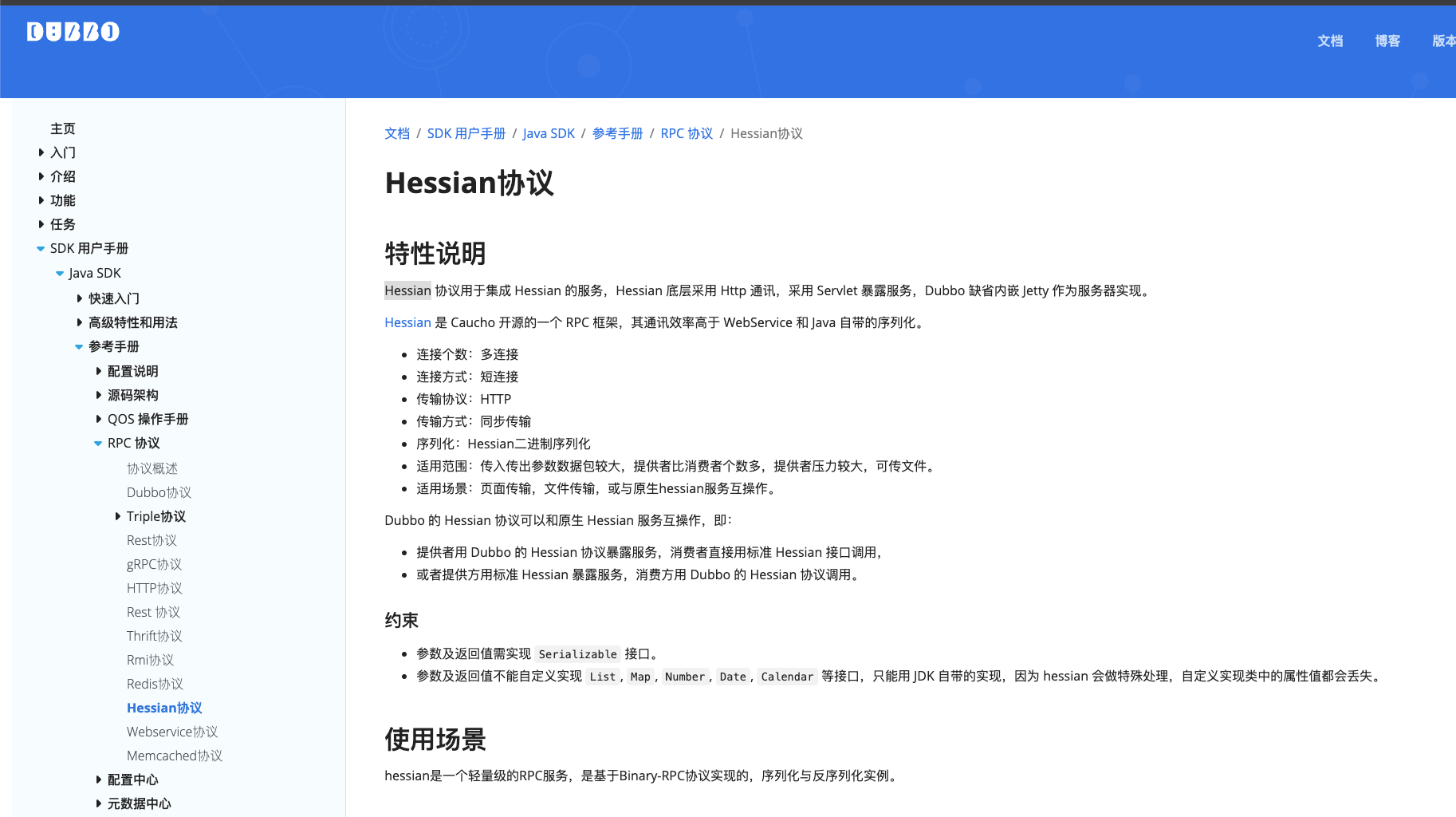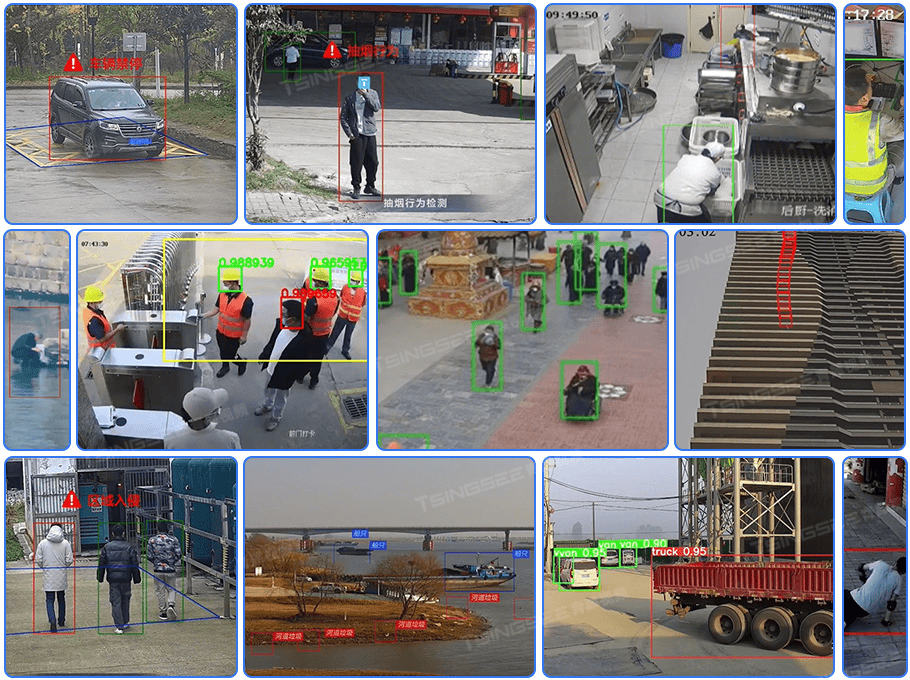大家好,这里是小奏,觉得文章不错可以关注公众号小奏技术
背景
其他大家在初学java的时候肯定是接触过Serializable接口的,这个接口是一个标记接口,没有任何方法,只是一个标记,用来标记一个类可以被序列化,可以被网络传输,可以被持久化。
public interface Serializable {
}
一些传统的草台班子的解释就是,你要网络传输就要实现Serializable接口,但是这个解释并不准确
因为有时候我们发现不实现Serializable接口进行网络传输也不会报错,但是有时候又需要实现Serializable接口,否则会报错,那么底什么时候需要实现Serializable接口呢?
比如我们使用spring boot框架在controller层返回一个json数据,这个时候我们并不需要实现Serializable接口
比如我们使用redisson的发布订阅功能传输的对象又需要实现Serializable接口(使用默认的序列化MarshallingCodec)
如果是抱着能用就行的态度也是很简单,一把梭,只要网络传输就实现Serializable接口
如果想深入了解我们就可以继续向下看下去
什么情况下的网络传输需要实现Serializable接口
大家都知道Serializable接口是java原生提供的接口,那么就说明如果是使用java原生的网络传输方式就需要实现Serializable接口
使用java原生的网络传输对象就需要实现Serializable,如果只是基本类型或者字符串则不需要
这里我们以RMI为例 ,使用RMI传输java对象的的时候就需要需要实现Serializable接口
RMI传输demo
这里我们简单基于RMI传输一个对象,来看看效果,演示下不实现Serializable接口的情况
首先我们实现一个远程接口RemoteInterface
- RemoteInterface
public interface RemoteInterface extends Remote {
String sayHello(XiaoZou xiaoZou) throws RemoteException;
}
之后提供一个远程接口调用的实现类
- RemoteImpl
public class RemoteImpl extends UnicastRemoteObject implements RemoteInterface {
protected RemoteImpl() throws RemoteException {
super();
}
@Override
public String sayHello(XiaoZou xiaoZou) throws RemoteException {
return "Hello, " + xiaoZou.getName() + "!";
}
}
注意这里我们传输的对象是XiaoZou
- XiaoZou
public class XiaoZou implements Serializable {
private String name;
private String age;
public XiaoZou() {
}
public XiaoZou(String name, String age) {
this.name = name;
this.age = age;
}
public String getName() {
return name;
}
public void setName(String name) {
this.name = name;
}
public String getAge() {
return age;
}
public void setAge(String age) {
this.age = age;
}
}
这就是我们要传输的对象,这个对象我们会进行演示实现
Serializable接口和不实现Serializable接口的区别
创建一个RMI服务端
- XiaoZouServer
public class XiaoZouServer {
public static void main(String[] args) {
try {
RemoteInterface stub = new RemoteImpl();
Registry registry = LocateRegistry.createRegistry(1099);
registry.rebind("RemoteInterface", stub);
System.out.println("Server is ready");
} catch (Exception e) {
System.err.println("Server exception: " + e);
e.printStackTrace();
}
}
}
创建一个RMI客户端
public class XiaoZouClient {
public static void main(String[] args) {
try {
Registry registry = LocateRegistry.getRegistry("localhost", 1099);
RemoteInterface stub = (RemoteInterface) registry.lookup("RemoteInterface");
String response = stub.sayHello(new XiaoZou("小奏", "18岁"));
System.out.println("Response from server: " + response);
} catch (Exception e) {
System.err.println("Client exception: " + e.toString());
e.printStackTrace();
}
}
}
结果
- 正常实现
Serializable接口的情况
client运行结果: Response from server: Hello, 小奏!
- 不实现
Serializable接口的情况

可以看到直接报错java.io.NotSerializableException
为什么spring boot网络传输对象不用实现Serializable接口
到这里我们已经非常清楚的知道了如果使用java原生的序列化方式就需要实现Serializable接口,然后spring boot中编写接口默认使用的是json序列化方式,所以不需要实现Serializable接口
为什么dubbo默认不是java原生序列化方式也需要实现Serializable接口
dubbo 3.x默认使用的序列化方式是hessian2,Hessian不是java原生的,为什么也要实现Serializable接口呢?否者就会报错

https://cn.dubbo.apache.org/zh-cn/overview/mannual/java-sdk/reference-manual/protocol/hessian/
如果默认我们不实现Serializable
就会报错
ause: org.apache.dubbo.common.serialize.SerializationException: com.alibaba.fastjson2.JSONException: not support none serializable class com.xiaozoudubbo.dto.XiaoZou
原因很简单,因为dubbo存在Serializable接口检查机制
https://cn.dubbo.apache.org/zh-cn/overview/mannual/java-sdk/advanced-features-and-usage/security/class-check/
Serializable接口检查模式分为两个级别:true 开启,false 关闭。开启检查后会拒绝反序列化所有未实现 Serializable 的类。
Dubbo 中默认配置为true开启检查。
所以如果我们想要在dubbo不用实现Serializable接口,我们可以关闭dubbo的Serializable接口检查机制
spring boot中我们仅仅需要添加配置dubbo.application.check-serializable=true即可
总结
如果使用java原生的网络传输方式(原生序列化方式)传输java对象就需要实现Serializable接口
其他的更现代化的序列化方式一般都不需要实现Serializable接口,比如json、protobuf、hessian2等等
我们使用dubbo的时候默认是需要实现Serializable接口的,因为dubbo存在Serializable接口检查机制,可以通过关闭dubbo的Serializable接口检查机制来解决这个问题



















